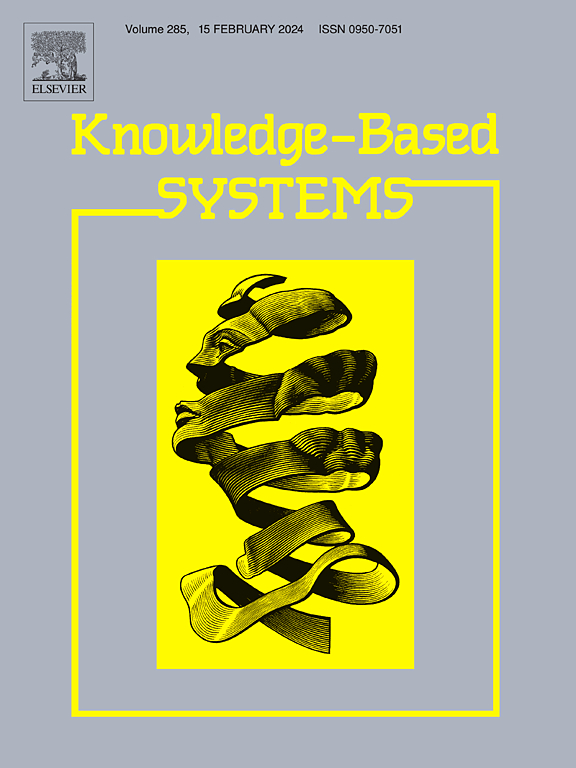融合 YOLOv5s-MediaPipe-HRV 对电子学习中的参与度进行分类:从外部观察和内部因素的角度
IF 7.2
1区 计算机科学
Q1 COMPUTER SCIENCE, ARTIFICIAL INTELLIGENCE
引用次数: 0
摘要
计算机视觉技术的飞速发展为自动识别电子学习中学习者的参与度提供了巨大的潜力。我们进行了一项两阶段实验,根据行为(外部观察)和生理(内部因素)线索来评估学习者的参与度。利用计算机视觉技术和可穿戴传感器,我们提取了三个特征集:动作、头部姿势和心率变异性(HRV)。随后,我们将构建的 YOLOv5s-MediaPipe 行为检测模型与基于心率变异的生理检测模型进行整合,以全面评估学习者的行为、情感和认知参与度。此外,我们还开发了基于行为的分心评估方法和标准,最终创建了一个全面、高效、低成本且易于使用的学习者参与度自动识别系统。实验结果表明,我们改进后的 YOLOv5s 模型平均精确度达到了 92.2%,同时参数数量和模型大小都减少了一半。与其他基于深度学习的方法不同,使用MediaPipe-OpenCV进行头部姿态分析具有实时性强、轻量级、易于部署等优势。我们提出的长短期记忆分类器基于敏感的心率变异指标及其归一化,在测试集上表现令人满意,准确率 = 80%,精确率 = 81%,召回率 = 80%,F1 分数 = 80%。本文章由计算机程序翻译,如有差异,请以英文原文为准。
Fusing YOLOv5s-MediaPipe-HRV to classify engagement in E-learning: From the perspective of external observations and internal factors
The rapid advancements in computer vision technology present significant potential for the automatic recognition of learner engagement in E-learning. We conducted a two-stage experiment to assess learner engagement based on behavioural (external observations) and physiological (internal factors) cues. Using computer vision technology and wearable sensors, we extracted three feature sets: action, head posture and heart rate variability (HRV). Subsequently, we integrated our constructed YOLOv5s–MediaPipe behaviour detection model with a physiological detection model based on HRV to comprehensively evaluate learners’ behavioural, affective and cognitive engagement. Additionally, we developed a method and criteria for assessing distraction based on behaviour, ultimately creating a comprehensive, efficient, low-cost and easy-to-use system for the automatic recognition of learner engagement. Experimental results showed that our improved YOLOv5s model achieved a mean average precision of 92.2 %, while halving both the number of parameters and model size. Unlike other deep learning-based methods, using MediaPipe–OpenCV for head posture analysis offers advantages in real-time performance, making it lightweight and easy to deploy. Our proposed long short-term memory classifier, based on sensitive HRV metrics and their normalisation, demonstrated satisfactory performance on the test set, with an accuracy = 80 %, precision = 81 %, recall = 80 % and an F1 score = 80 %.
求助全文
通过发布文献求助,成功后即可免费获取论文全文。
去求助
来源期刊

Knowledge-Based Systems
工程技术-计算机:人工智能
CiteScore
14.80
自引率
12.50%
发文量
1245
审稿时长
7.8 months
期刊介绍:
Knowledge-Based Systems, an international and interdisciplinary journal in artificial intelligence, publishes original, innovative, and creative research results in the field. It focuses on knowledge-based and other artificial intelligence techniques-based systems. The journal aims to support human prediction and decision-making through data science and computation techniques, provide a balanced coverage of theory and practical study, and encourage the development and implementation of knowledge-based intelligence models, methods, systems, and software tools. Applications in business, government, education, engineering, and healthcare are emphasized.
 求助内容:
求助内容: 应助结果提醒方式:
应助结果提醒方式:


